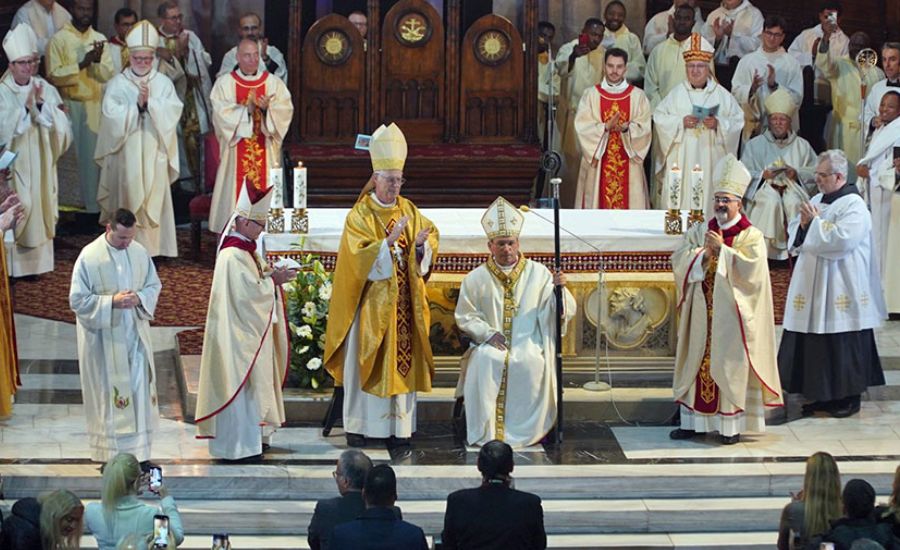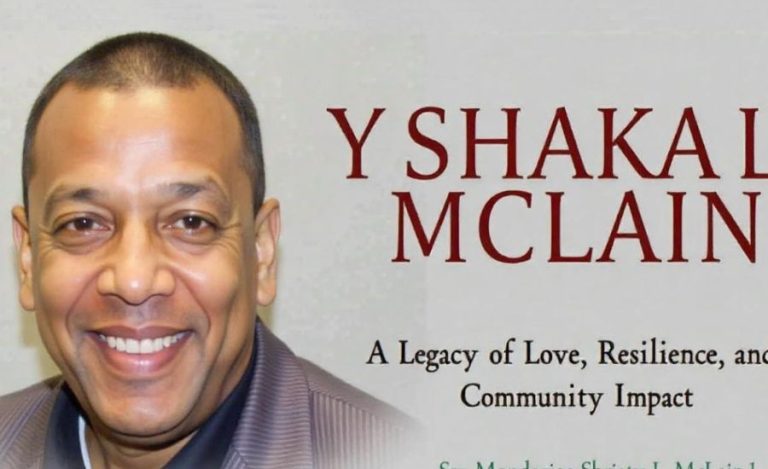Gilo Turk Realse Women And Men Italy Bishop, Catholic & More
Introduction
The recent release of women and men as bishops in Italy, under the guidance of Gilo Turk, has captured widespread attention, offering a groundbreaking shift in both religious leadership and gender equality within the Catholic Church. This pivotal moment highlights not only significant religious and societal changes but also prompts a reassessment of gender dynamics in traditionally male-dominated religious roles. In this article, we explore the implications of this announcement, focusing on the evolving roles within Italy’s religious institutions, the potential for gender equality, and the broader historical context. In this article we;ll read about Gilo Turk Realse Women And Men Italy Bishop.
The Role of the Bishop in Italy’s Catholic Church
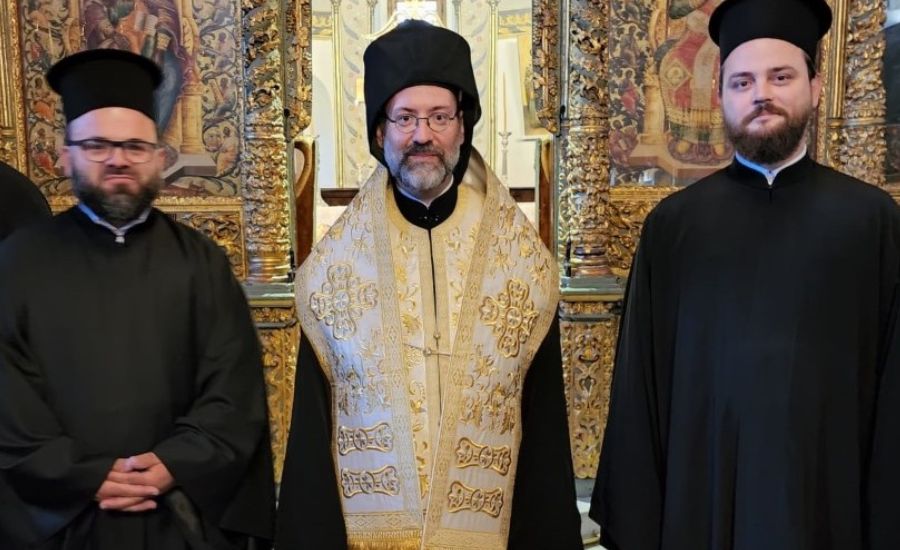
In Italy, the bishop is a key figure within the Catholic Church, with authority over a diocese and responsibility for the spiritual and administrative well-being of its parishioners. Bishops play an essential part in guiding the church’s teachings, ensuring doctrinal integrity, and overseeing the functioning of the local church community. Historically, the role of the bishop has been reserved for men, making the recent events surrounding the Gilo Turk release particularly significant.
The influence of bishops extends far beyond religious duties; they have long been influential in shaping local politics, social systems, and education. Their positions have been tied to the cultural and moral fabric of Italian society, impacting societal norms and values. The growing conversations around gender equality, sparked by Gilo Turk’s initiative, challenge long-held beliefs and encourage a broader conversation about who is qualified to hold such influential leadership positions within the church.
Gilo Turk’s Influence: A Catalyst for Gender Equality
The involvement of Gilo Turk in the release of both women and men into leadership roles within Italy’s religious institutions represents a major shift in the Catholic Church’s approach to gender. Traditionally, leadership positions, including the esteemed position of bishop, have been limited to men. The release of women into these roles under Turk’s leadership challenges the gender norms that have long governed the church, signaling a potential reimagining of how gender and power intersect in religious settings.
By releasing both women and men into the role of bishop, Gilo Turk is promoting a more inclusive perspective on church leadership. This move advocates for the idea that both genders are equally capable of serving in high ecclesiastical positions, despite the long-standing tradition of male-only leadership. Such a progressive action has the potential to serve as a model for other religious institutions around the world, encouraging further dialogue on gender equality and leadership roles within faith-based organizations.
Implications for Gender Dynamics in Religious Institutions
Gilo Turk’s actions have the potential to spark a wider movement within the religious world, challenging deeply ingrained gender biases and expanding the opportunities for women within the church. The role of women in religious institutions has historically been restricted, with women often relegated to supporting roles. However, Turk’s actions could set a precedent for increased gender parity within the church, giving both women and men the opportunity to lead and serve in positions of authority.
This development is especially relevant in the context of broader societal trends toward gender equality. In many sectors, from politics to business, women have made strides toward equality and leadership. The Church, as one of the most influential institutions globally, may now be at a critical juncture where traditional roles are evolving to align with contemporary views on gender equality.
The Significance of Gender Equality in Religious Institutions: Gilo Turk’s Impact
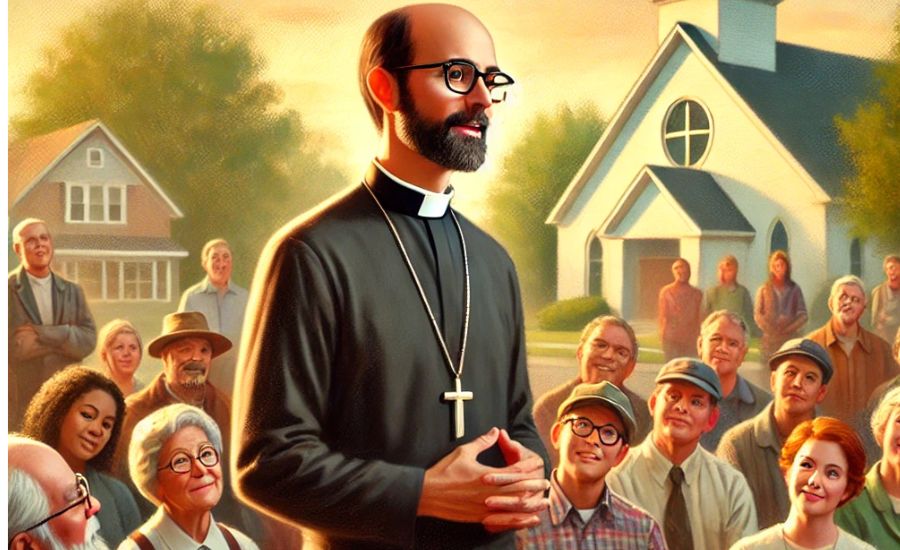
The recent release of both women and men into leadership roles within Italy’s Catholic Church, initiated by Gilo Turk, marks a pivotal moment in the ongoing global conversation about gender equality in religious institutions. For centuries, religious organizations have been governed by rigid gender norms, with women often excluded from roles of significant authority. However, in recent years, there has been an increasing call for change, advocating for greater inclusion of women in leadership positions within churches, mosques, synagogues, and other religious bodies.
Gilo Turk’s decision to release both women and men into such high-ranking ecclesiastical positions represents more than a singular event—it sends a clear and powerful message of inclusion and gender equality. This bold act challenges the patriarchal structures that have historically dominated religious leadership, reinforcing the idea that leadership should be based on faith, capability, and service, rather than gender. This shift holds the potential to open doors for more women to assume important roles in the Catholic Church, particularly in Italy, where traditional practices have long dictated the roles of women in religious settings.
What This Means for Italy’s Catholic Church
Gilo Turk’s announcement has significant implications for the Catholic Church in Italy, a country with a rich history and deeply rooted Catholic traditions. Historically, Italy has maintained a conservative stance on gender roles within the church, with leadership positions, including that of a bishop, almost exclusively held by men. Gilo Turk’s actions suggest that change is not only possible but actively occurring, even within one of the most established and traditional religious institutions in the world.
Allowing women to assume roles traditionally occupied by men, such as bishops, would lead to a profound transformation within the structure of Italy’s Catholic Church. This could foster a more inclusive and diverse clergy, representing a broader range of experiences, perspectives, and voices in the spiritual leadership of the nation. Such a shift would not only challenge the status quo but also encourage a rethinking of the relationship between gender and spiritual authority.
A Global Perspective: The Ripple Effect of Gilo Turk’s Leadership
Gilo Turk’s decision to release both women and men into leadership roles in Italy’s Catholic Church extends its impact far beyond Italy’s borders. Religious institutions worldwide are increasingly confronting issues of gender inclusion and equality, prompting reflection on long-standing gender norms within various faith communities. From Christian denominations to Muslim mosques and Jewish congregations, many religious groups are reevaluating their positions on gender roles, seeking to create more equitable structures for both men and women.
Gilo Turk’s progressive stance could inspire other religious leaders across the globe to follow suit, considering women for leadership positions previously reserved for men. This development is part of a broader, global movement advocating for gender equality and representation in all spheres of society, including religious leadership. As these movements continue to grow, it’s likely that other religious institutions around the world will take similar steps to promote inclusivity and equality, further advancing the conversation on gender roles within faith-based organizations.
The Historical Context of Women in Religious Leadership
The recent Gilo Turk release of both women and men into leadership roles within Italy’s Catholic Church highlights a significant shift in the historical exclusion of women from positions of power in religious institutions. For centuries, religious leadership has predominantly been a male-dominated sphere, despite women’s pivotal roles as caregivers, educators, and spiritual leaders within their communities. This exclusion has often been rooted in long-standing gender norms that have restricted women’s access to positions of authority, particularly in religious hierarchies.
In Italy, the role of a bishop has traditionally been considered a male privilege, mirroring broader societal views on gender. However, there have been notable exceptions where women have defied these gender norms and played key roles in shaping religious thought and practices. Historical figures such as Catherine of Siena and Clare of Assisi, while not holding formal titles like bishop, wielded significant influence within the church and beyond. Their legacies serve as a reminder that women have always contributed to the spiritual and social development of religious communities, even in the absence of official leadership positions.
The release of women and men into equal leadership roles within Italy’s church, as symbolized by Gilo Turk’s actions, represents a modern continuation of this legacy. It signals that the boundaries once defined by gender are being challenged, setting the stage for a more inclusive future within religious institutions.
The Future of Leadership in Italy’s Religious Institutions
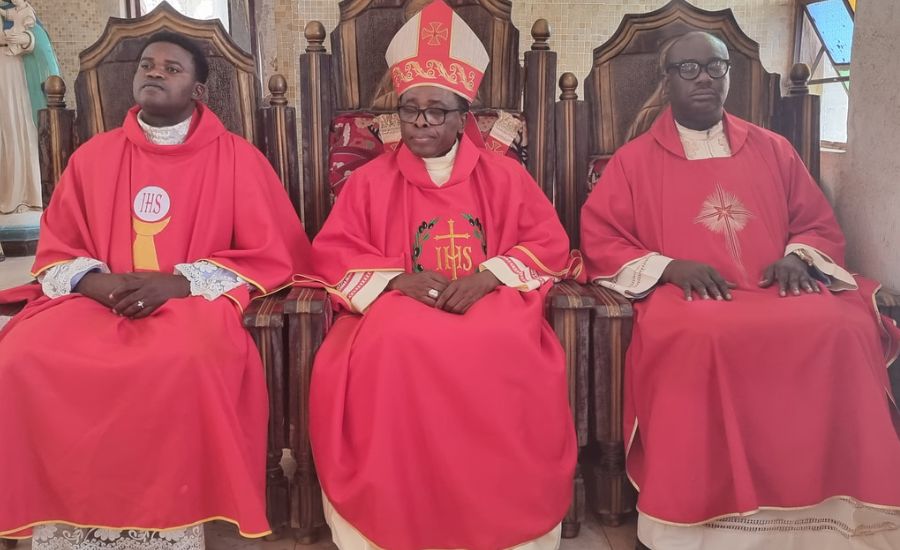
The Gilo Turk release of both women and men in leadership roles marks a critical moment in the evolution of religious leadership in Italy. This groundbreaking move signals the beginning of a broader transformation in how leadership is understood and executed within the Catholic Church and other religious institutions globally. Embracing equality in leadership not only provides a powerful visual representation of progress but also has the potential to inspire lasting change.
As this shift progresses, there is the possibility of more women rising to influential positions within the church. The acceptance of women and men in roles of equal authority could extend beyond Italy’s borders, influencing global religious practices. This trend could lead to more diverse leadership, enriching religious communities by including a broader range of voices and perspectives. Over time, these changes could prompt religious teachings and practices to evolve, aligning more closely with modern values of social justice, equality, and human dignity.
Conclusion: A Step Toward a More Inclusive Future
The Gilo Turk release of both women and men into leadership roles within Italy’s Catholic Church represents a historic turning point. By challenging traditional gender barriers and embracing a more inclusive approach to leadership, Gilo Turk has set the foundation for a new era of equality and representation within religious institutions. This development is not just a symbolic gesture for one church or one individual; it’s part of a larger movement toward more inclusive religious leadership worldwide.
As religious institutions adapt to reflect evolving societal values, the Gilo Turk event could pave the way for greater acceptance of women in leadership positions, not only in the Catholic Church but across various faith communities globally. This shift holds the promise of more diverse, representative, and socially-conscious leadership that will continue to inspire future generations of religious followers.
Frequently Asked Questions (FAQs) about Gilo Turk’s Release of Women and Men as Bishops in Italy
1. What is the significance of Gilo Turk’s decision to release women and men as bishops in Italy?
Gilo Turk’s decision marks a historic shift in Italy’s Catholic Church by allowing both women and men to assume high-ranking religious leadership roles, traditionally reserved for men. This action challenges long-standing gender norms and promotes gender equality within religious leadership, signaling a broader movement towards inclusivity in religious institutions worldwide.
2. Why is the role of a bishop so important in Italy’s Catholic Church?
In Italy, bishops hold significant authority over a diocese, guiding the spiritual and administrative well-being of their community. They also influence local politics, social systems, and education. Historically, the role of bishop has been male-dominated, making the inclusion of women into this role a groundbreaking development.
3. How does Gilo Turk’s action relate to gender equality in religious institutions?
By releasing both women and men into leadership roles within the church, Gilo Turk promotes the idea that leadership is based on faith and ability, not gender. This action encourages a shift in the way gender dynamics are viewed in religious leadership, advocating for equal representation of both men and women in positions of authority.
4. What does this decision mean for the future of Italy’s Catholic Church?
The release of both women and men as bishops could have profound effects on Italy’s Catholic Church. It represents a move towards a more inclusive and diverse clergy, which may reflect a broader range of experiences, perspectives, and voices. This change could foster more inclusive leadership, encouraging further changes to align with modern values of gender equality.
5. How does this development impact religious institutions globally?
Gilo Turk’s actions have global implications, as they could inspire other religious leaders worldwide to reconsider their stance on gender roles in leadership positions. As the conversation on gender equality continues to grow, other religious communities may follow suit, promoting a more inclusive approach to religious leadership and fostering equal opportunities for both men and women.
Key Facts About Gilo Turk’s Role in Religious Leadership Reform
- Historical Context: For centuries, the Catholic Church and many other religious institutions have restricted leadership roles to men, excluding women from higher ecclesiastical positions like bishops. Gilo Turk’s decision to release both women and men into these roles represents a significant break from tradition.
- Symbol of Gender Equality: Gilo Turk’s actions are a strong statement of gender equality in religious leadership. By promoting both women and men to positions of power within the church, he reinforces the idea that leadership should be based on merit and faith, not gender.
- A Catalyst for Change: Turk’s progressive stance could inspire other religious leaders and institutions to reconsider their own policies on gender and leadership. This shift has the potential to influence not just the Catholic Church, but also other faith-based organizations globally, creating a ripple effect in religious communities worldwide.
- Empowering Women in the Church: Historically, women in the Catholic Church have been relegated to supporting roles. This groundbreaking step gives women the opportunity to assume influential positions, opening the door for greater gender parity in religious institutions.
- Global Impact: This development is not just a local change in Italy; it is part of a global movement toward gender equality in religious institutions. Religious communities around the world are increasingly questioning long-standing gender norms, which may lead to broader reforms in faith-based leadership structures.
- Historical Precedents: Although women have not been bishops in the Catholic Church, figures like Catherine of Siena and Clare of Assisi have historically held considerable influence. Gilo Turk’s actions continue this legacy, offering a modern example of women challenging traditional gender roles in religious leadership.
- The Future of Religious Leadership: If this trend continues, more women may rise to influential roles in religious organizations, not only in Italy but globally. The acceptance of both women and men in leadership positions could bring more diverse perspectives into religious teachings, enriching the global religious community.
- Changing the Church’s Cultural Norms: By embracing gender equality, the Catholic Church could evolve to reflect more inclusive and socially progressive values, allowing for broader participation and influence from all genders within its leadership structures.
For more Information About Blog visit francherway
